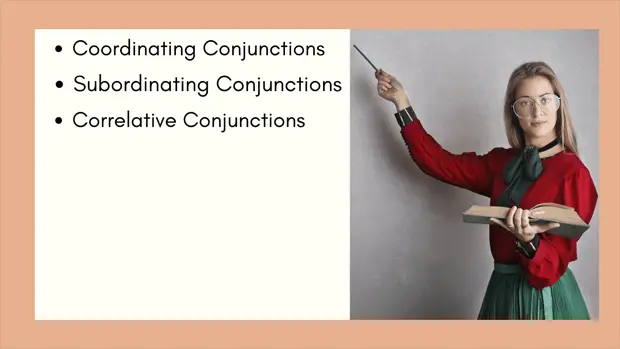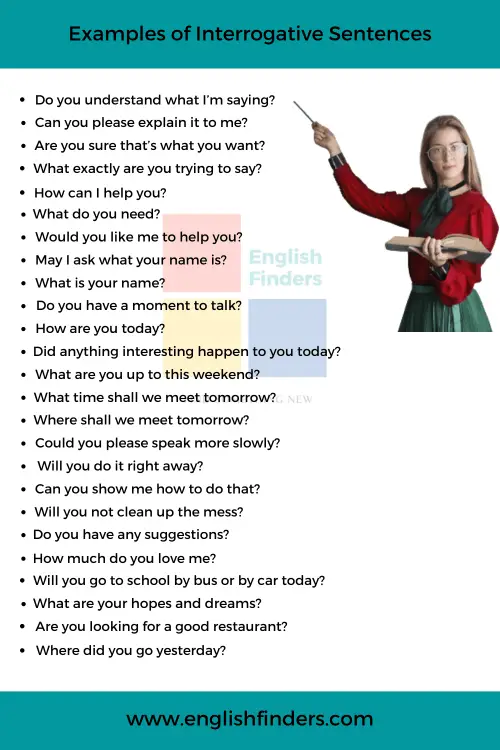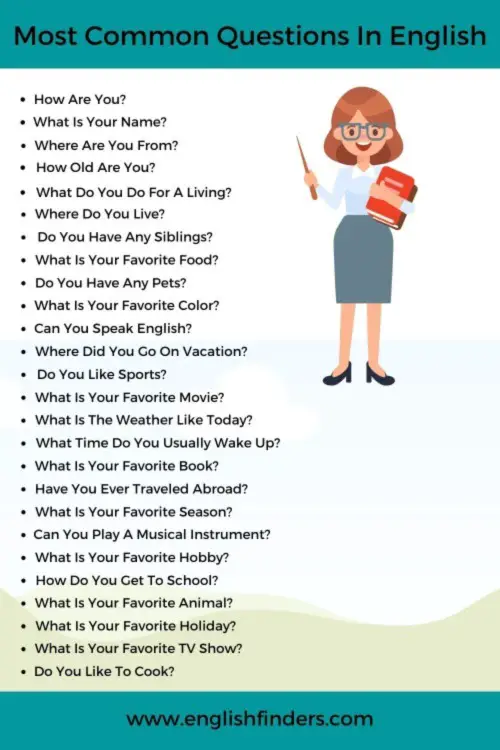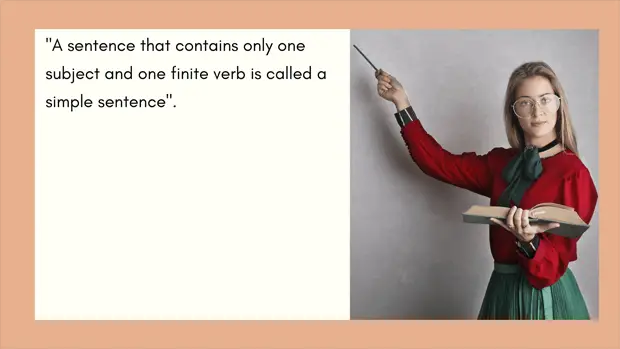Conjunction plays a vital role in connecting one word to another word or one clause to another clause. Conjunction mainly combines two similar parts of speech. This is how a noun is joined to another noun or a pronoun; a verb to another verb; an adjective to another adjective; an adverb to another adverb etc.
We’ll learn the Types of Conjunctions in this lesson, including their definitions and examples.
Let us know the definition of conjunction. A conjunction is a “part of speech” that joins one word to another word, one word to a clause, or one sentence to another sentence. Examples are in the below sentences:
- Rony and Jony are going on a trip.
- He is happy but misses his parents.
- They are so nervous that they cannot interpret the story.
- Lukas and I play ludo together.
- Neither he nor you accept the request.
Types of Conjunctions
Quick Navigation
Conjunctions are of three types. They are:
- Coordinating Conjunctions
- Subordinating Conjunctions
- Correlative Conjunctions
1. Coordinating Conjunctions
Coordinating Conjunctions are used to join words, phrases, or independent clauses in a sentence of similar grammar structure. Now you may have a question on “what are the coordinating conjunctions,” right?
Well, in English grammar, there are seven most common Coordinating Conjunctions. They are; and, but, or, for, yet, nor, and so. Let us see some examples of coordinating conjunctions:
- Jim and Mim play basketball.
- He failed the examination but never gave up.
- Practice more, or you’ll be eliminated from the competition.
- He left the office, yet he had many tasks to be done.
- He is so poor that he doesn’t bear his livelihood.
- Either you or I will climb the tree.
- Neither he nor his brother agrees with the matter.
- I’m happy to see you but missing our old days.
- Sweety is good at English, and she will make a good result.
- Follow your teacher’s instructions, or you’ll miss a lot of things.
2. Subordinating Conjunctions
Subordinating Conjunctions are types of conjunctions that join independent clauses and dependent clauses. There are many Subordinating Conjunctions in the English language.
The common Subordinating Conjunctions are; Though, although, since, as, when, where, till, until, after, before, if, unless, as if, as though, because, etc. Let us see some examples of Subordinating Conjunctions:
- Though he was sick, he finished his homework.
- Since I am happy, I miss my family.
- When you came here, she went to her campus.
- You know where your brother spends his leisure time.
- If you agree with me, I will start the business with you.
- Take a break till you recover from the disease.
- Don’t bother him until he finishes his work.
- He behaves as if he knows everything.
- I am here because you invited me.
- He came after I had finished my breakfast.
3. Correlative Conjunctions
Sometimes we may see pair of conjunctions work together in a sentence. These types of conjunctions are called Correlative Conjunctions. There are many Correlative Conjunctions in the English language. The most common Correlative Conjunctions are; either-or, neither-nor, not only-but also, so-that, both-and, no sooner-than, hardly-when, such-that, etc. Let us see some examples of Correlative Conjunctions:
- Either you or I fix the issue with the computer.
- Neither he nor she attends the program.
- Not only you but also we face the same challenge.
- He works so hard that he can feed his family.
- No sooner had I gone my college than my friends left.
- He is both happy and sad.
- Hardly had I made the food when my sister stayed in New York.
- Not only does he write articles, but also he continues them regularly.
- She is such a beautiful girl that everyone praises her for that.
- Either Kareem or Rakeen follows your guidelines.

Azizul Hakim is the founder & CEO of englishfinders.com. He is a passionate writer, English instructor, and content creator. He has completed his graduation and post-graduation in English language and literature.





